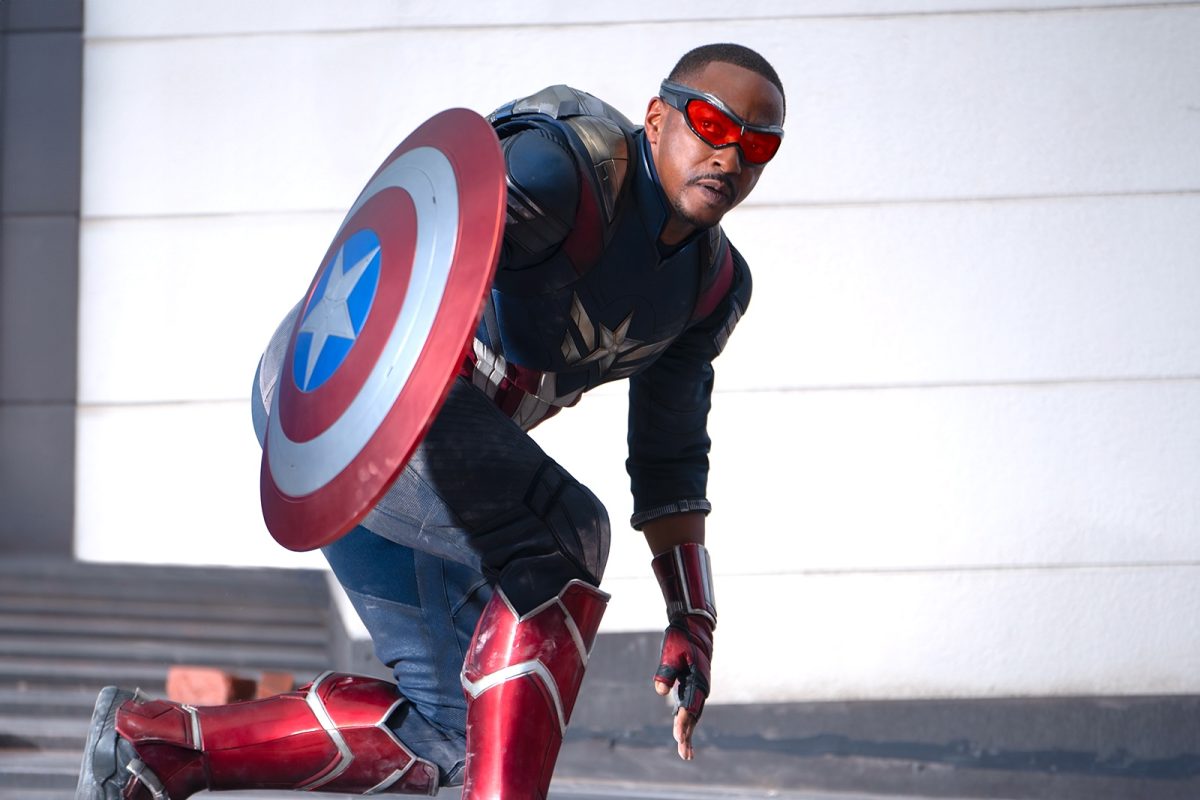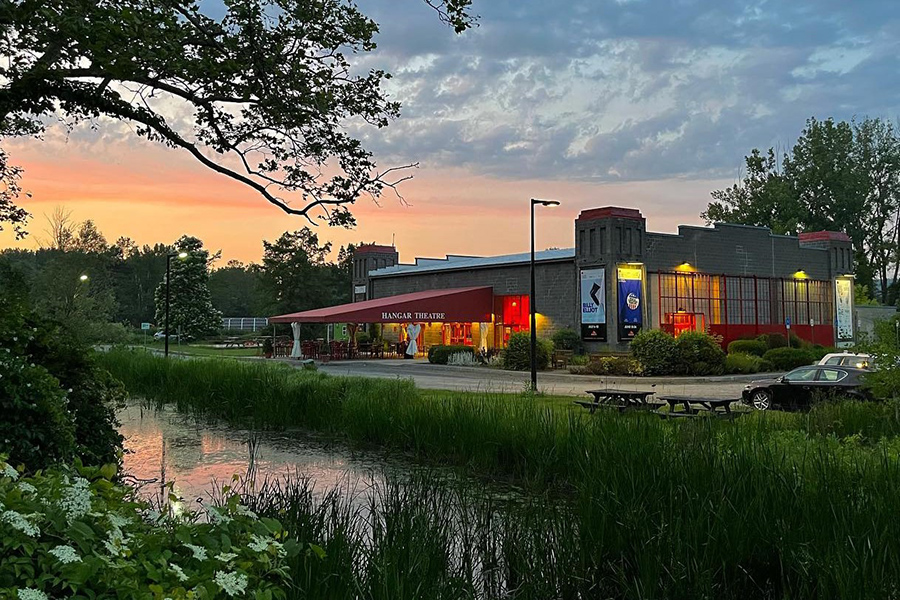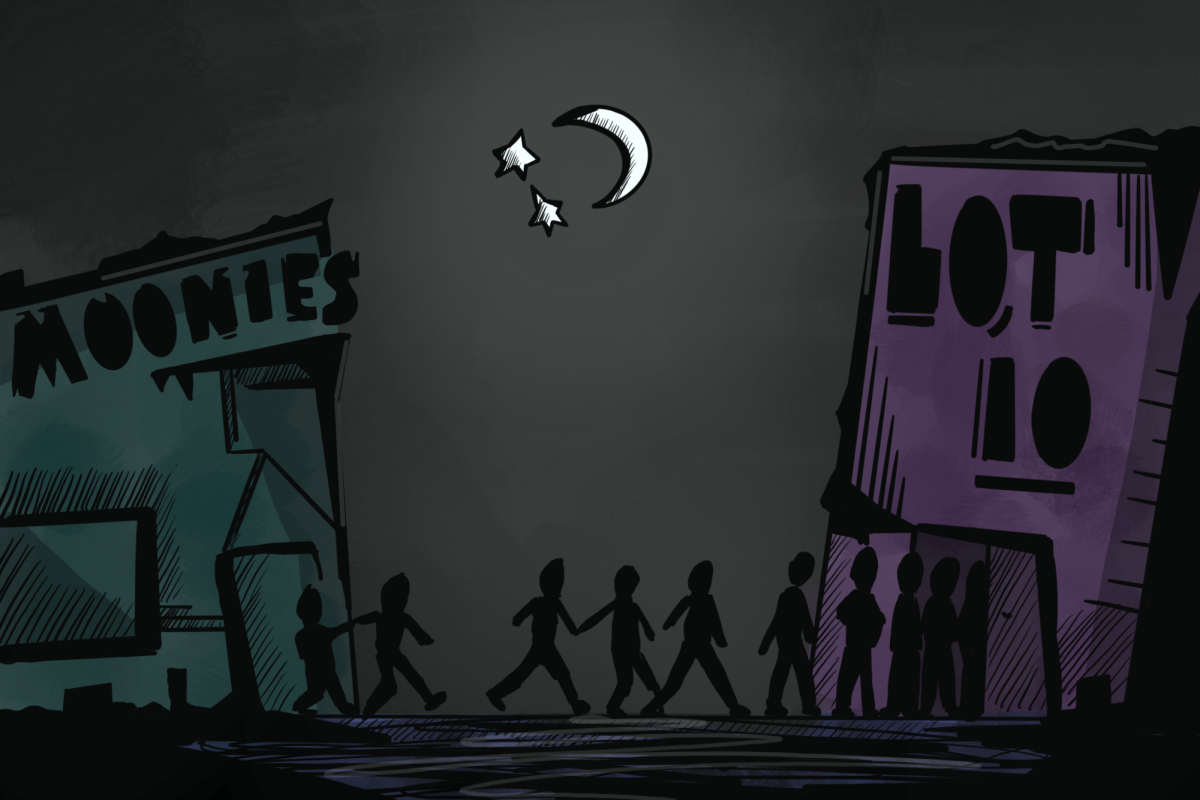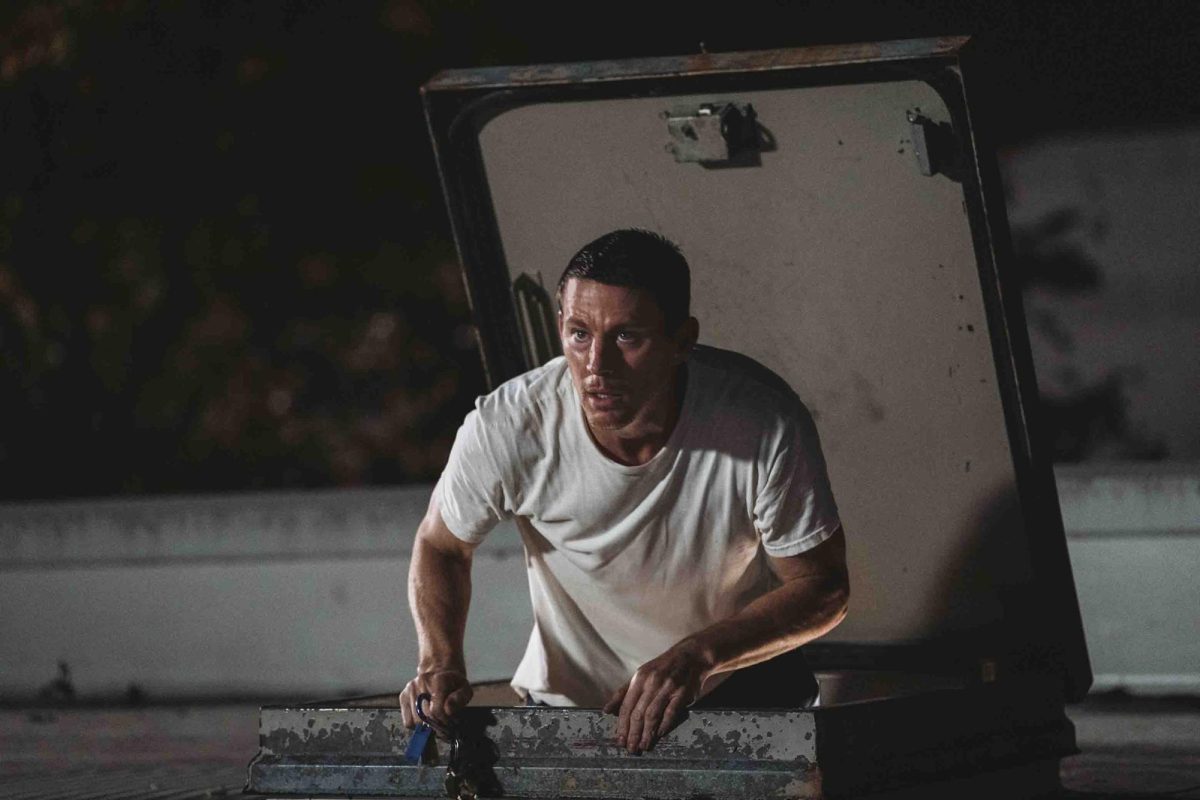2.0 out of 5.0 stars
“Captain America: Brave New World,” directed by Julius Onah, marks the eagerly-anticipated movie debut of Sam Wilson’s Captain America, portrayed by Anthony Mackie. In the modern phase of Marvel films largely dominated by multiverse-centered stories, this film was reminiscent of earlier phases of the Marvel Cinematic Universe. With the return of Captain America, the movie’s story becomes more grounded and less reliant on superpowers, much like early MCU films. However, like several recent Marvel releases, the movie is largely scattered with plot inconsistencies and poor performances.
The film follows Sam, who makes his first appearance since the finale of “The Falcon and the Winter Soldier” in 2021. He finds himself at a crossroads when tasked with finding who is responsible for a terrorist attack on President Thaddeus Ross (Harrison Ford) in order to prevent an international war from breaking out. While doing so, he faces pressure from the president to help him reunite The Avengers. Sam is assisted by Joaquin Torres (Danny Ramirez), an Air Force lieutenant who takes over Sam’s previous position as the superhero Falcon. The majority of the runtime is spent in Washington, D.C., exploring superheroes from a politician’s perspective.
“Captain America: Brave New World” has a storyline largely made up of long action sequences, even for a Marvel movie, that are drawn out for multiple minutes when they could easily end far sooner. As a result, the movie often felt like it dragged on at points and could have benefitted from being around 20 minutes shorter. The fight sequences also fail to highlight any individual strengths and weaknesses Sam possesses. This leads to a lack of characterization through fight scenes, making them feel like they don’t add to any part of the film.
While it follows the events of “The Falcon and the Winter Soldier,” it is not a direct sequel and begins a new storyline for Sam. The screenplay is filled with cliches and trite one-liners. While these are to be expected from the MCU, they are not balanced out with any meaningful dialogue or character moments.
The lead cast in the movie largely does not deliver with their performances, giving lackluster executions of characters who are not written to be particularly interesting. Some standouts included Carl Lumbly as Isaiah Bradley, a returning character from “The Falcon and the Winter Soldier” who gave the most compelling performance with very little screen time. Ramirez is likable as the sidekick character, and is a promising introduction to the franchise. Mackie is able to keep the film grounded and has good chemistry with the cast, but he does not leap off the screen like his fellow Marvel heroes, such as Robert Downey Jr.’s Iron Man. Ford, who is no stranger to a franchise, gives an exceptionally bland performance, which is disappointing for such a pivotal role in the movie.
One of the largest internal struggles Captain America battles in the film is his decision not to take the super serum like his predecessor, which would transform him into an indestructible soldier. Although the film tells us he is supposed to be weaker than other heroes, this is never demonstrated. Throughout the course of the movie, he successfully survives bullets that never seem to hit their mark, stabbings that hardly debilitate him and punches that he quickly recovers from. The perceived resistance to any weapon eliminates the purpose of Sam’s regret in not taking the serum because he is not portrayed as weak enough to need it at any point. This inconsistency distracts the viewer from the more meaningful point the movie tries to drive home, and what could have been a major redeeming quality if executed correctly.
Sam struggles to emerge from the shadow of Steve Rogers — the previous Captain America — throughout the movie. The constant pressure of comparison to a seemingly impossible standard adds a surprising element of realism, and the film could have benefitted from less focus on prolonged action sequences and further exploration of this aspect.
One of the biggest draws for the movie is the debut of the Red Hulk, who is prominently featured in trailers and advertisements. However, this character does not appear until an hour and a half into the film, and exists solely to flesh out yet another extended fight sequence riddled with poor CGI, a common shortcoming in the movie. For something that shows up so frequently in the film’s marketing, Red Hulk seems to exist in the movie for little more than fan service.
While “Captain America: Brave New World” falls short in a variety of ways, it brings hope for the future of the MCU because it lays the groundwork for Captain America to rebuild The Avengers. This is one of the first steps toward “Avengers: Doomsday,” which is set to release in 2026 as the highly anticipated first Avengers film to follow “Avengers: Endgame.” Even with that in mind, this film was a disappointing watch overall that leaves the viewer with more questions than resolutions.








